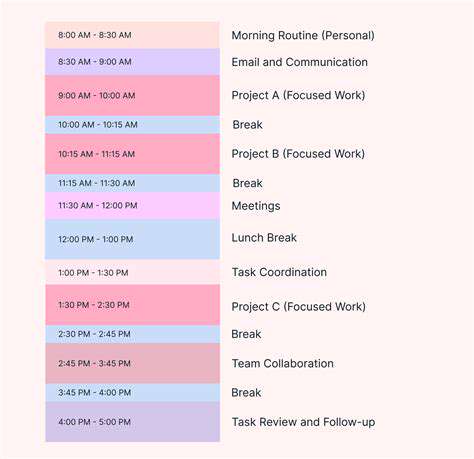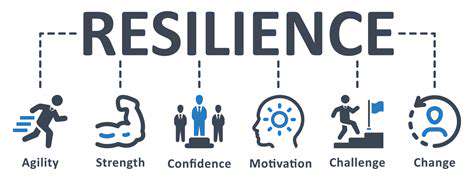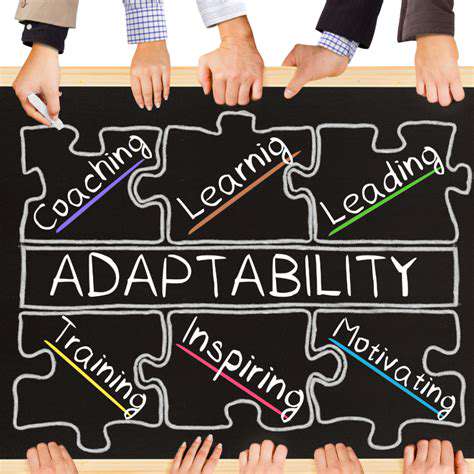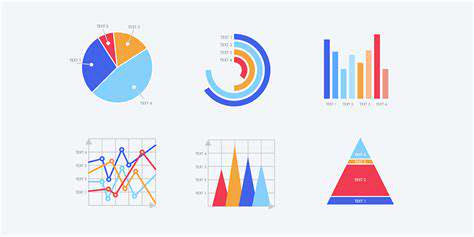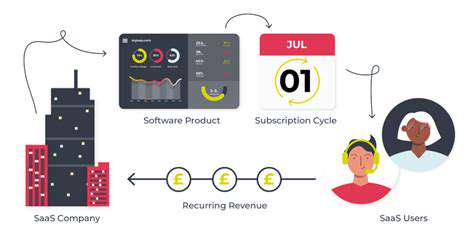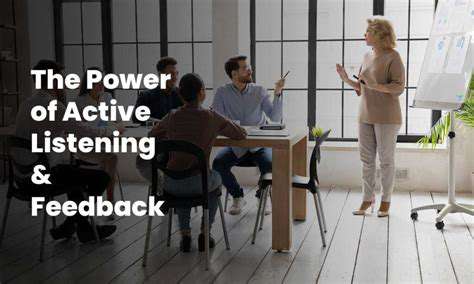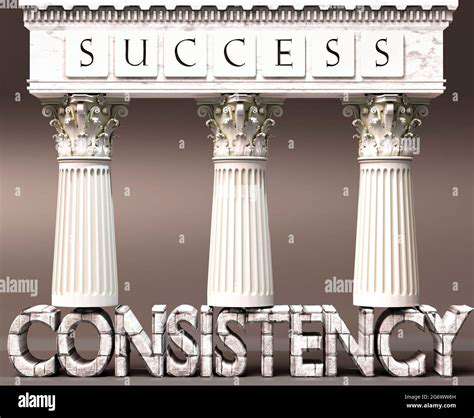How to Improve Your Memory and Retention [Techniques]
Understanding Active Recall
Active recall is a powerful learning technique that involves retrieving information from memory rather than passively rereading or reviewing it. This process strengthens memory traces and makes the knowledge more readily available for future use. Instead of simply looking at notes or a textbook, active recall prompts you to actively reconstruct the information in your mind. This active engagement with the material is crucial for long-term retention and understanding.
The Science Behind Active Recall
Numerous studies have demonstrated the effectiveness of active recall. The process strengthens neural pathways associated with the learned material, essentially making the information more accessible in the future. This is in contrast to passive learning methods, which often lead to shallower processing and less durable memory encoding. The act of trying to retrieve information forces your brain to work harder, leading to deeper understanding and improved memory.
Implementing Active Recall Techniques
There are several ways to implement active recall in your studies or learning. One common method is the use of flashcards. Create flashcards with questions on one side and answers on the other, then test yourself by covering the answer and trying to recall the information. Another effective technique is to summarize information from a text or lecture in your own words, without looking at the original material.
Active Recall in Different Learning Contexts
Active recall isn't limited to academic settings. It can be applied to any area where you want to improve your memory and knowledge retention. For example, if you're learning a new language, you can actively recall vocabulary words or phrases. If you're trying to remember a complex process, you can break it down into smaller steps and actively recall each step.
Benefits of Active Recall for Memory Improvement
Active recall offers significant benefits for memory improvement. It promotes deeper learning by forcing you to engage with the material on a more meaningful level. This active engagement strengthens the neural pathways associated with the information, leading to more robust memory traces. Furthermore, active recall enhances your ability to retrieve information accurately and efficiently, making it a valuable tool for academic success and professional development.
Active Recall and Long-Term Retention
Active recall is particularly effective for long-term retention. By actively retrieving information, you create stronger memory connections that are less susceptible to forgetting over time. This is because the process of recalling information reinforces the neural pathways associated with that knowledge, making it easier to access and apply later. The active effort needed for recall is key to building lasting memories.
Active Recall and Exam Preparation
Active recall is an invaluable tool for exam preparation. By actively recalling material, you identify gaps in your knowledge and reinforce your understanding of key concepts. This allows you to focus your study efforts on areas where you need the most improvement. Using active recall techniques during your study sessions will not only improve your understanding but also drastically enhance your performance in exams.
Mnemonic Devices: Crafting Memory-Friendly Shortcuts
Understanding the Power of Mnemonic Devices
Mnemonic devices are powerful tools that leverage the human mind's natural inclination to associate and connect information. By creating memorable links between seemingly disparate concepts, these techniques can significantly enhance your memory. This process essentially transforms complex or abstract information into more easily recalled, visual, or auditory representations, making it easier to retrieve the information later. Understanding how these devices work is the first step toward harnessing their potential.
Acronyms and Acrostics: Combining Letters for Recall
Acronyms and acrostics are simple yet effective mnemonic devices. Acronyms use the first letter of each word in a phrase to create a new word. For example, ROY G. BIV is an acronym to remember the colors of the rainbow. Acrostics, on the other hand, use the first letter of each word in a phrase to create a sentence or a phrase. These techniques are particularly useful for remembering lists or sequences of information, like the order of planets or the steps in a scientific process.
Visual Imagery: Creating Vivid Mental Pictures
Visual imagery is a potent mnemonic technique that relies on creating vivid and memorable mental images. Imagine vividly recalling the layout of a building or the details of a historical event. By associating words or concepts with visual representations, you can significantly strengthen your memory. This method is particularly effective for remembering abstract or complex concepts by transforming them into visual scenes, making them easier to recall.
The Method of Loci: Linking Information to Familiar Locations
The method of loci, also known as the memory palace technique, is a sophisticated mnemonic system that utilizes spatial memory. This method involves associating items to be memorized with specific locations in a familiar environment, such as your home or a route you frequently travel. You mentally place each item in a particular location, creating a visual journey. Recalling the locations then triggers the memory of the associated items.
Chunking: Breaking Down Information into Manageable Units
Chunking is a simple but effective technique that breaks down large amounts of information into smaller, more manageable units. This process allows you to process and retain information more efficiently. For example, remembering a phone number by breaking it into three or four segments instead of a string of ten digits is an application of chunking. By organizing and grouping information, you create a more structured and memorable representation.
Keyword Method: Connecting Words to Visual Images
The keyword method is a useful technique for remembering vocabulary or foreign language terms. This method involves selecting a familiar English word (the keyword) that sounds similar to the foreign word, and then creating a vivid mental image linking the keyword to the meaning of the foreign word. This technique helps bridge the gap between the unfamiliar foreign word and a more easily recalled mental image, making learning and recalling new vocabulary much more accessible.
Picking the perfect wood tone for your home office furniture isn't just about looks - it sets the entire mood of your workspace. Light woods like maple or birch create an airy, modern feel that's perfect when you want your space to feel open and bright. These lighter shades bounce light around the room, making even small offices appear more spacious. Always consider your wall colors when selecting wood tones - dark walnut or cherry can create stunning contrast against neutral walls, while light woods prevent bold wall colors from feeling overwhelming.
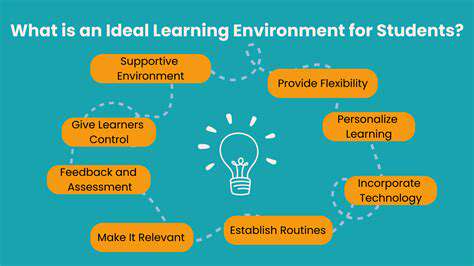
Mindfulness and Meditation for Enhanced Cognitive Function
Understanding the Link Between Mindfulness and Memory
Mindfulness practices, encompassing a wide range of techniques, focus on present-moment awareness. This conscious engagement with the here and now, often achieved through meditation, has demonstrably positive effects on cognitive function. By training the mind to focus on the present without judgment, individuals can cultivate a greater capacity for attention and focus, which are crucial components for memory formation and recall. This enhanced attentional control allows for more effective encoding of information, leading to improved memory.
Meditation Techniques for Sharpening Focus
Various meditation techniques can be employed to cultivate focus and improve memory. Mindfulness meditation, for example, involves focusing on the breath, bodily sensations, or external stimuli. This focused attention strengthens the neural pathways responsible for sustained concentration. Other techniques, like loving-kindness meditation, can promote emotional regulation, which, in turn, positively impacts cognitive processes, including memory.
The Impact of Stress Reduction on Memory
Chronic stress can significantly impair cognitive function, including memory. Mindfulness and meditation practices are powerful tools for stress reduction. By promoting relaxation and reducing the production of stress hormones like cortisol, these practices create a more conducive environment for optimal brain function. This reduction in stress allows the brain to better process and retain information, leading to improved memory performance in daily life.
Improving Attention Span Through Regular Practice
Consistent mindfulness and meditation practice can lead to a noticeable improvement in attention span. Regular sessions enhance the brain's capacity to maintain focus, reducing distractions and allowing for more effective information processing. This improved attention span directly contributes to better encoding and retrieval of memories, making learning and recalling information easier and more efficient. The benefits extend beyond improved memory, impacting overall cognitive performance.
Integrating Mindfulness into Daily Life for Lasting Benefits
The benefits of mindfulness and meditation extend beyond formal practice sessions. Integrating mindful awareness into daily activities, such as eating, walking, or even simple tasks like washing dishes, can cultivate a deeper sense of presence. This continuous engagement with the present moment enhances attentional control, leading to a more profound impact on memory. By incorporating mindfulness throughout the day, individuals can experience lasting improvements in cognitive function.
The Role of Cognitive Behavioral Therapy (CBT) in Memory Enhancement
Mindfulness and meditation are often incorporated into cognitive behavioral therapy (CBT) approaches. CBT techniques, combined with mindfulness practices, can help individuals identify and modify negative thought patterns and behaviors that contribute to poor memory. This combined approach fosters a more positive and focused mental state, leading to improved memory retention and recall. CBT, along with mindfulness, is a powerful strategy for enhancing cognitive function and memory.
Read more about How to Improve Your Memory and Retention [Techniques]
Hot Recommendations
- How to Stay Productive While Working Remotely
- Tips for Managing Conflict with Coworkers
- Entrance & Certification Exams (升学考试)
- How to Improve Your Storytelling Skills (Speaking)
- How to Find Profitable Side Hustles
- Tips for Preparing for the TOEFL iBT Home Edition
- Guide to Switching Careers from [Industry A] to [Industry B]
- How to Run an Effective Hybrid Meeting
- Tips for Marketing Your Side Hustle on Instagram
